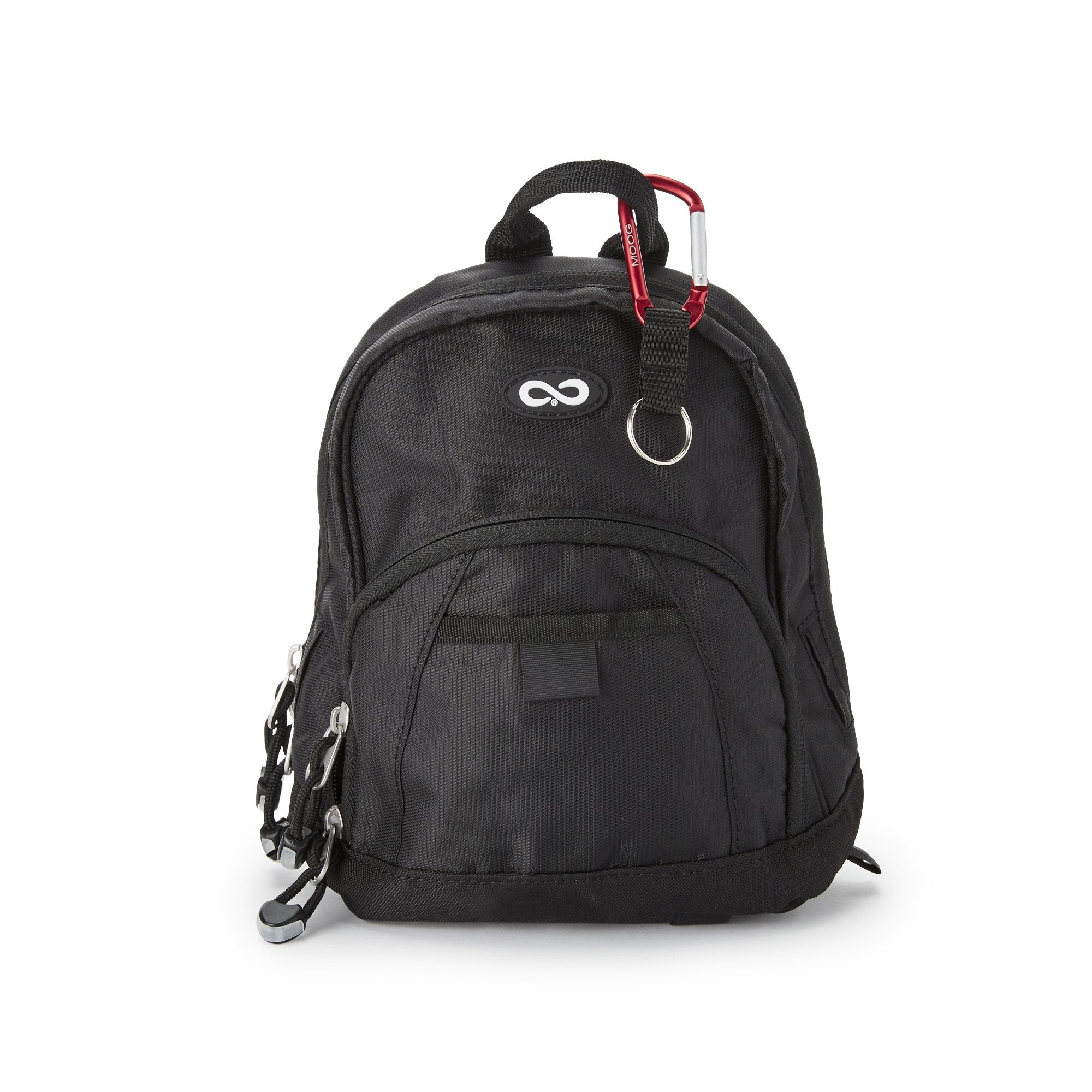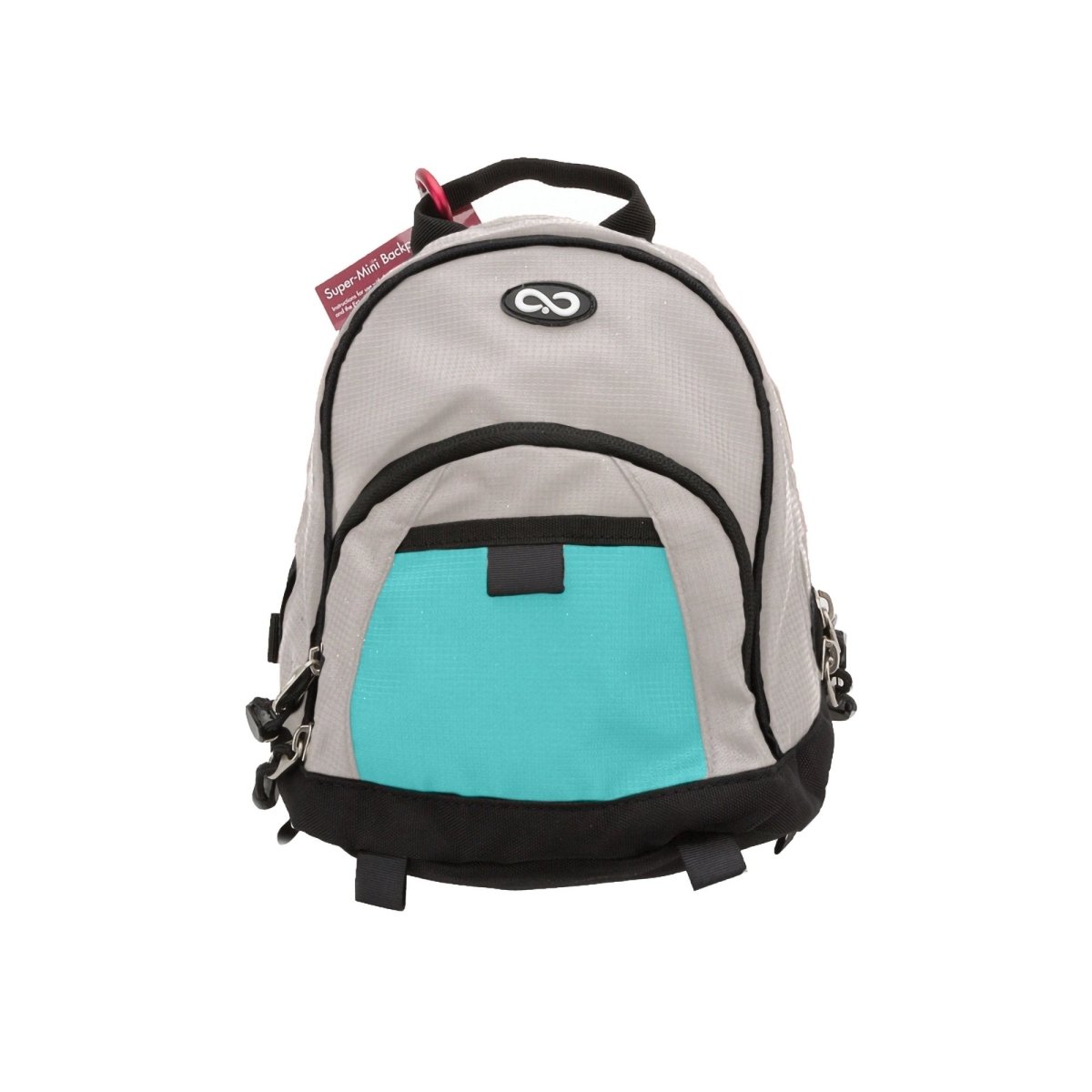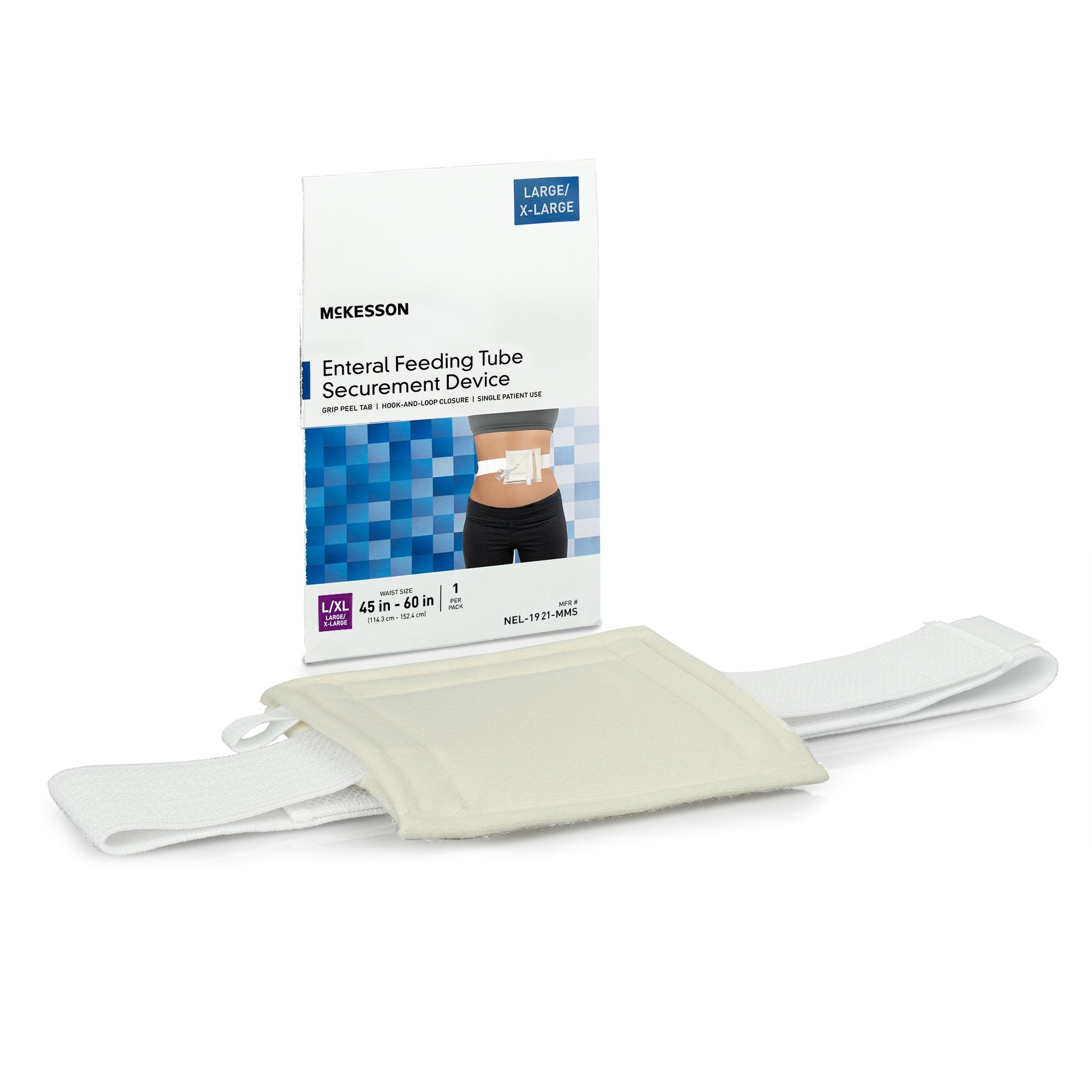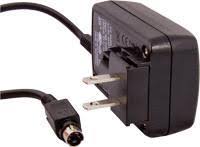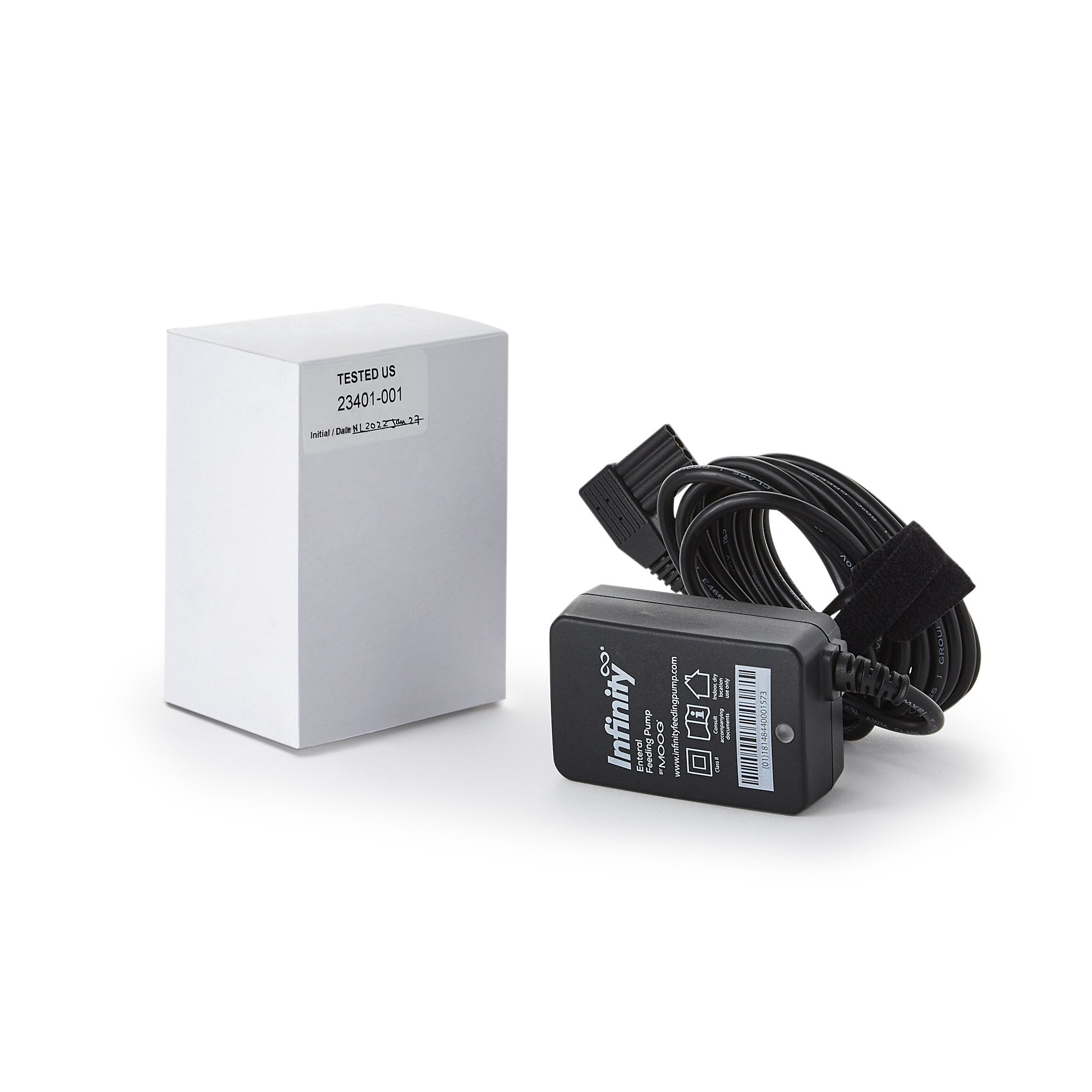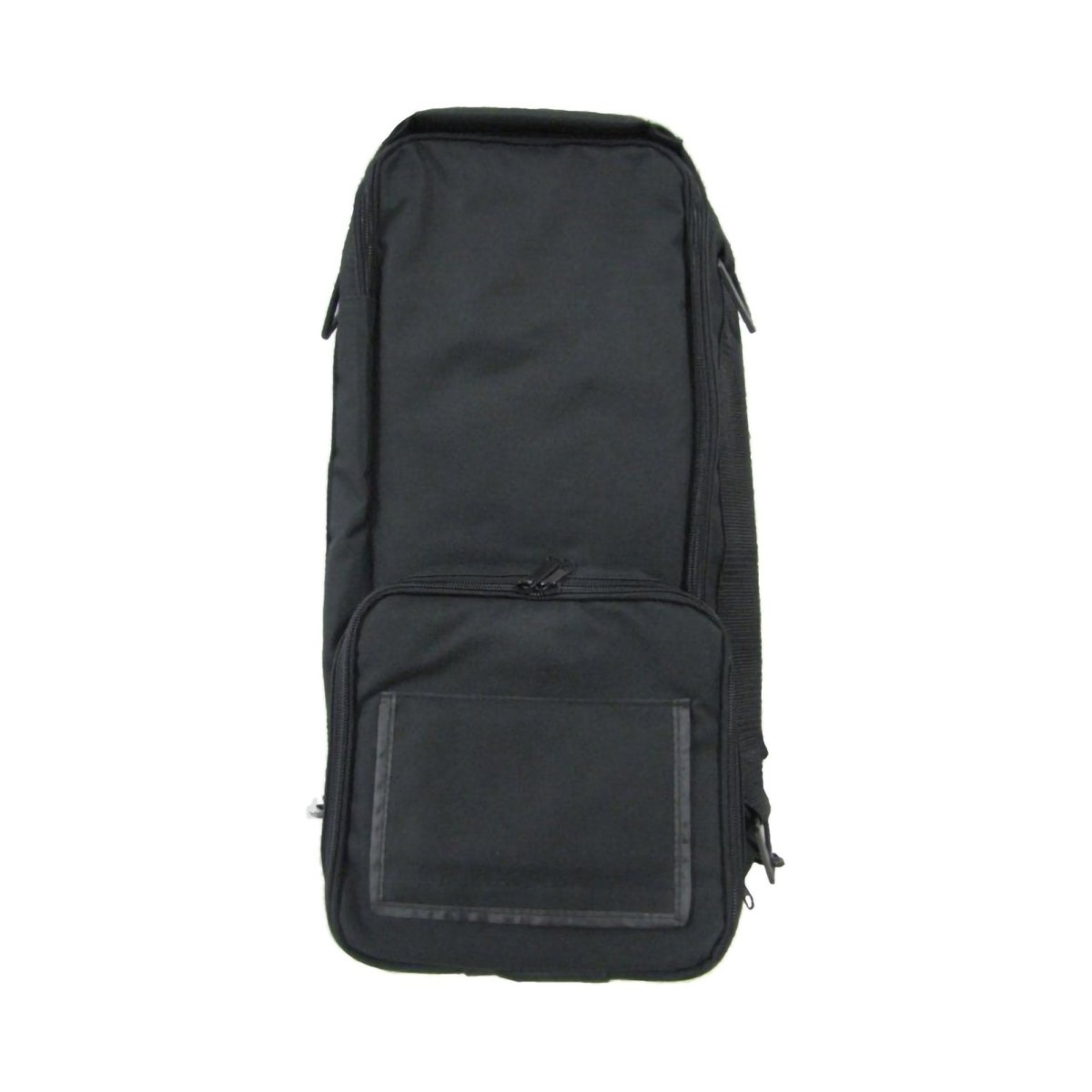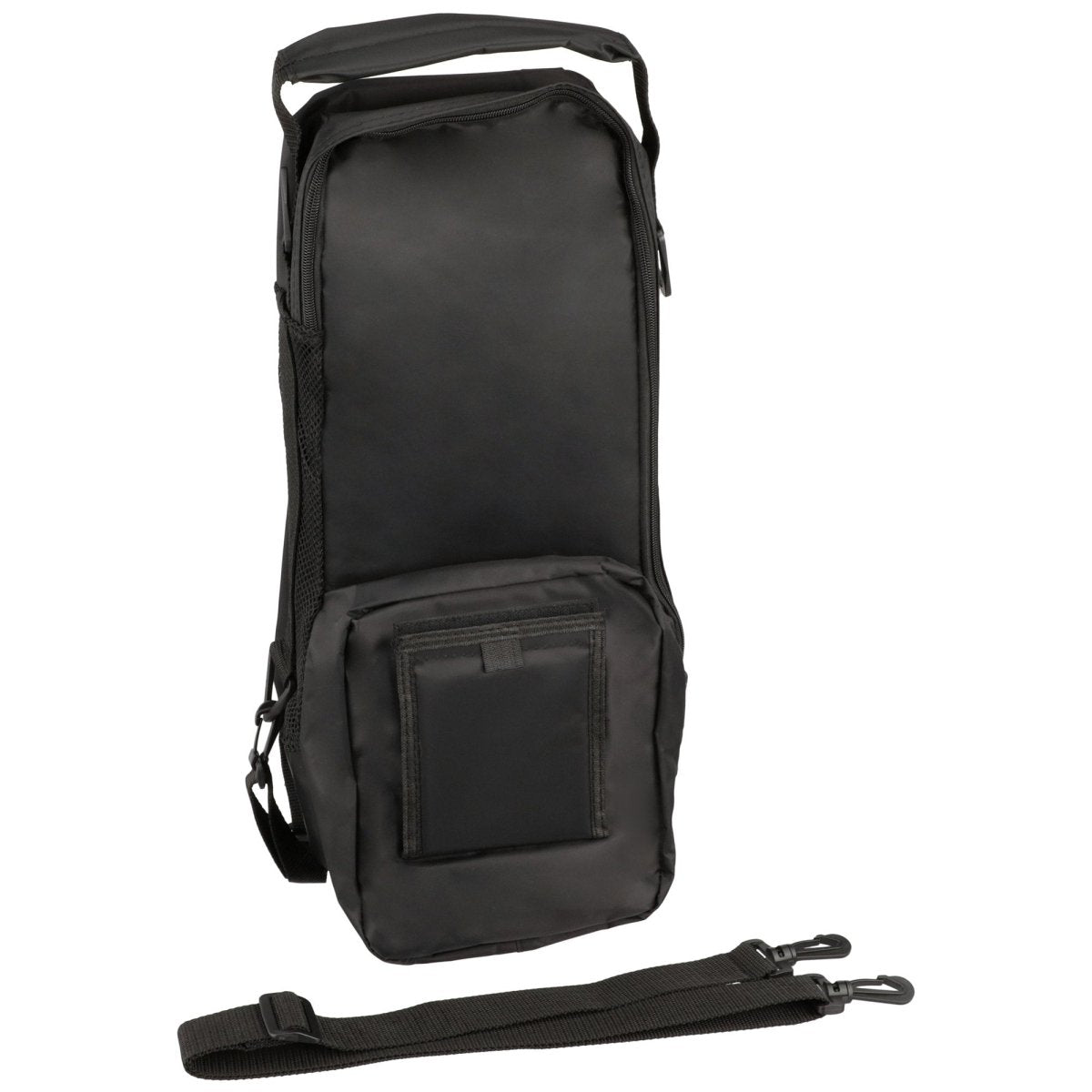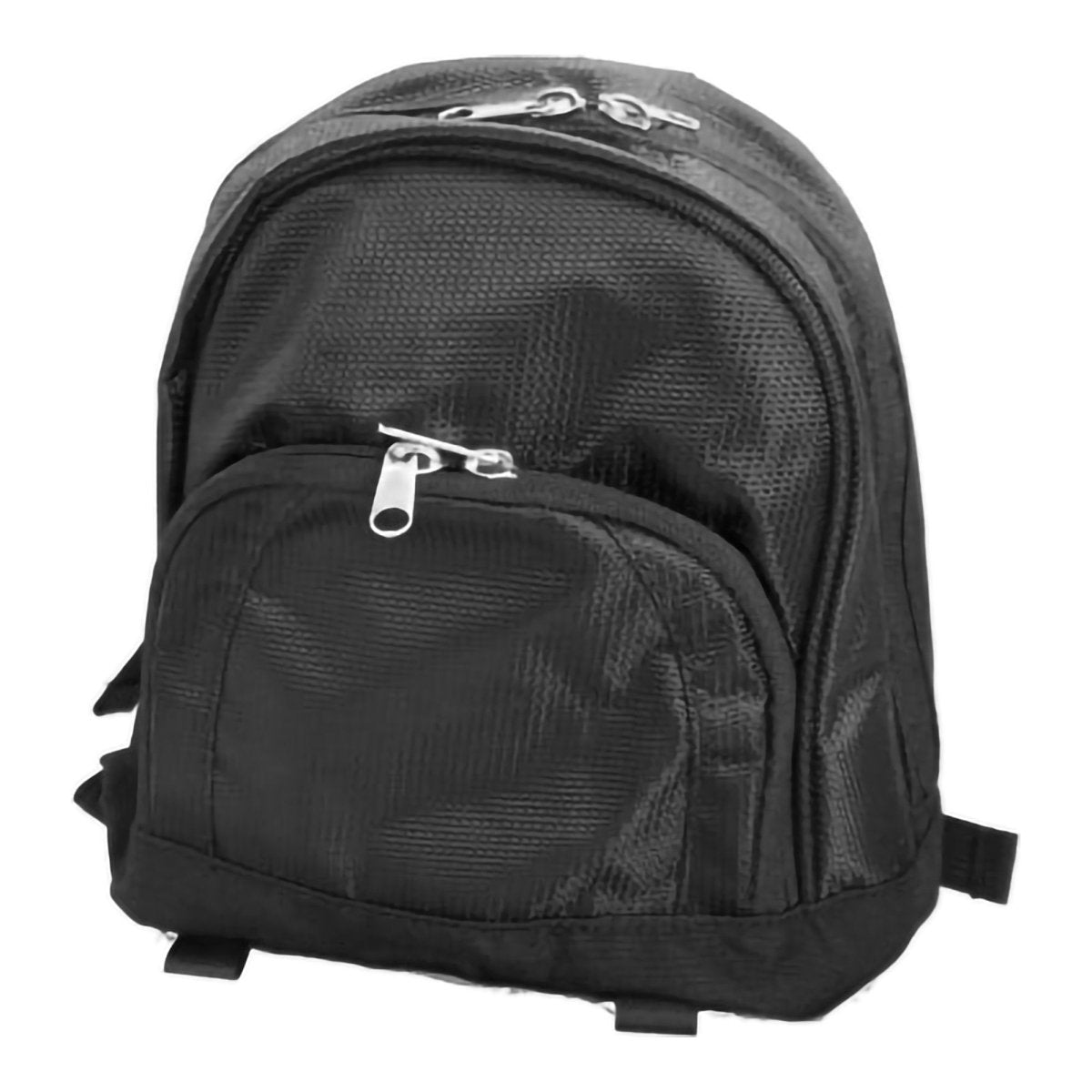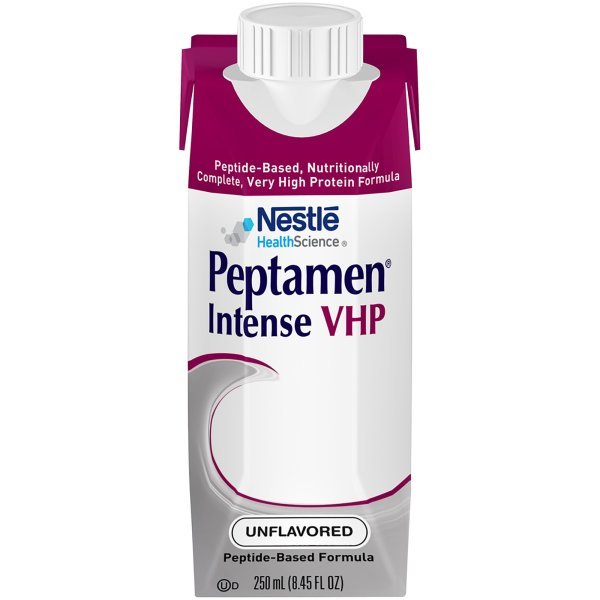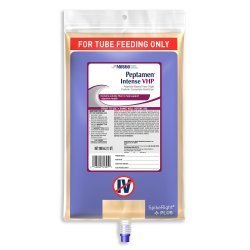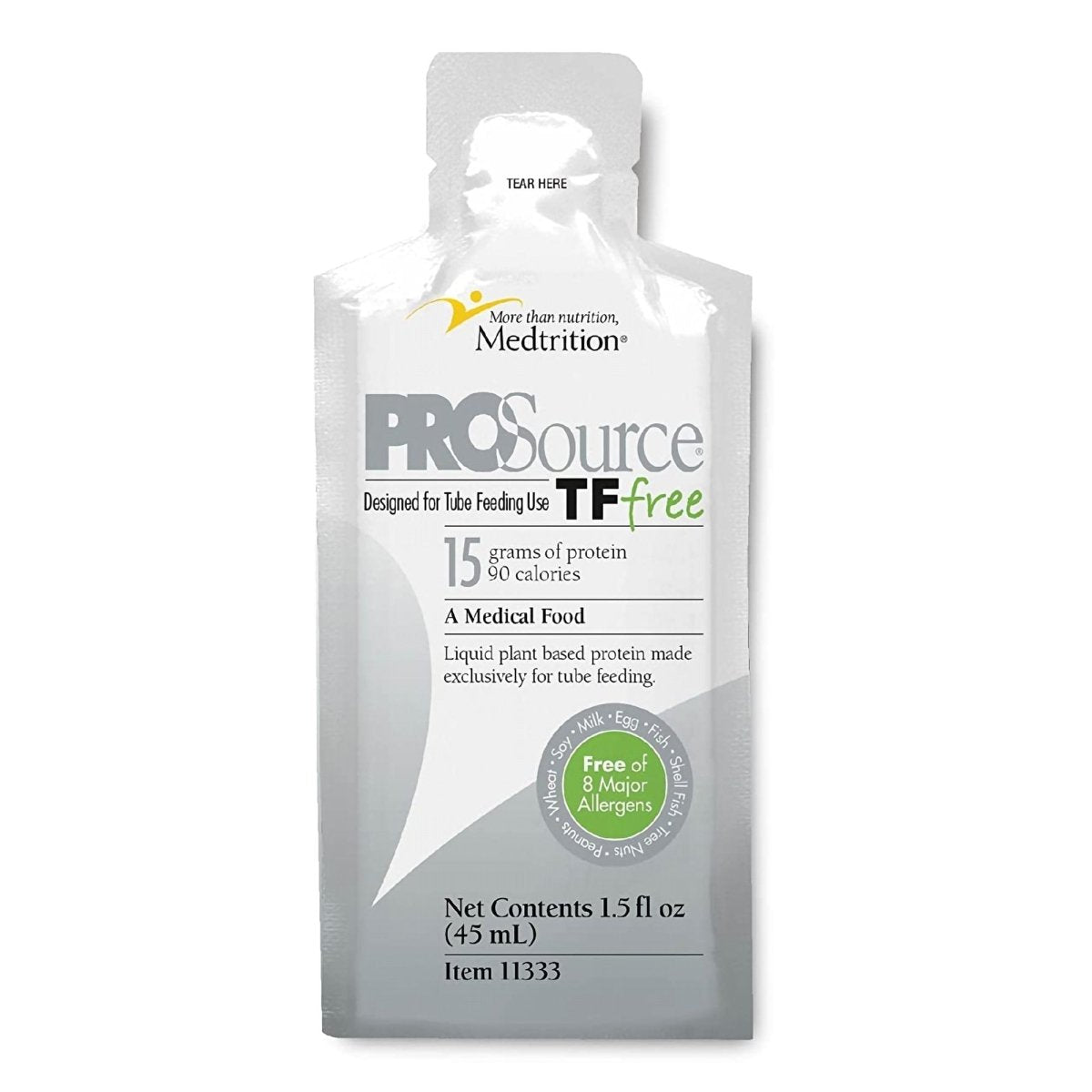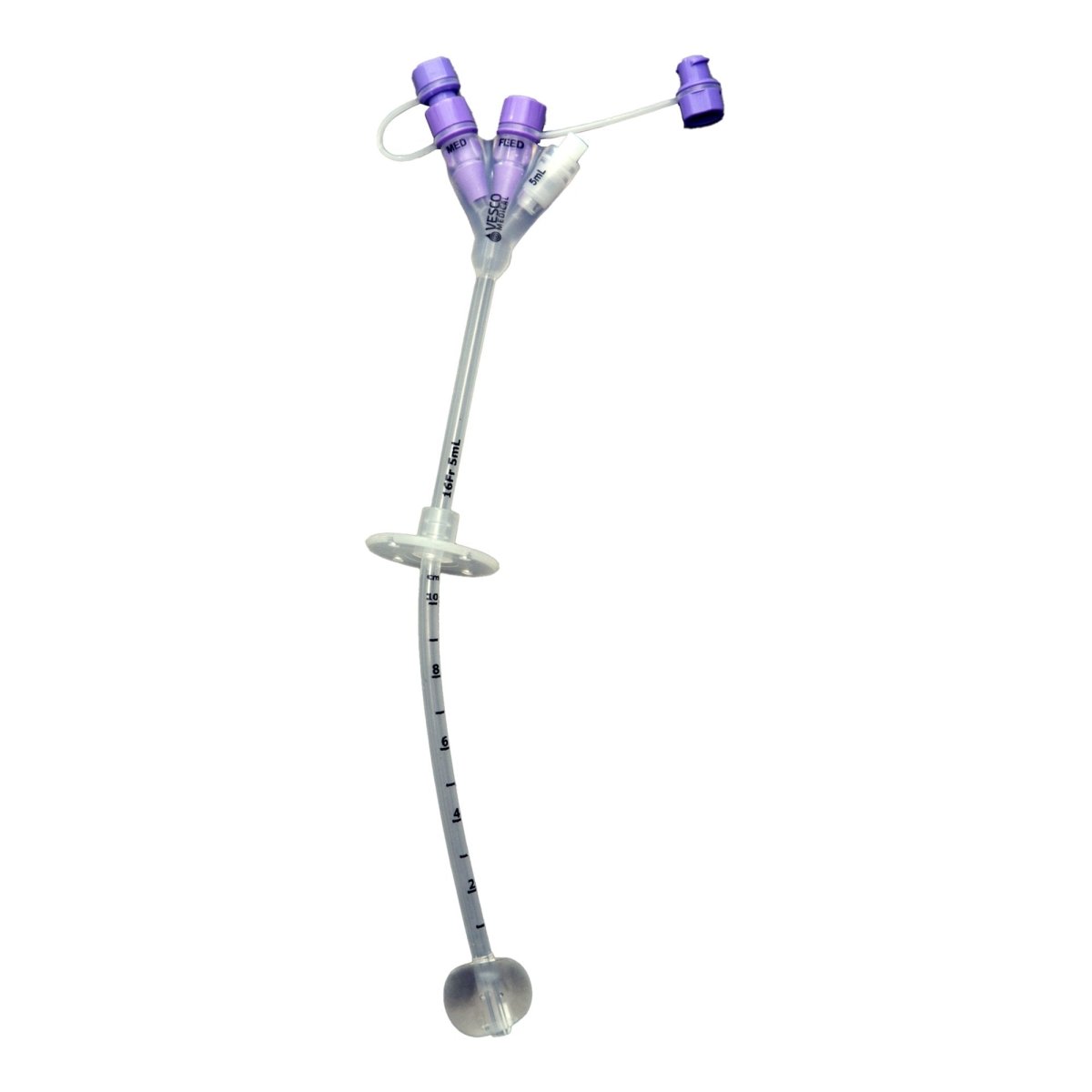Enteral Feeding: A Nutritional Lifeline
Nutrition plays a crucial role in maintaining overall health and well-being. However, certain medical conditions or difficulties in swallowing can impede the ability to consume food orally. In such cases, enteral feeding becomes an essential and effective means of providing vital nutrition. This article explores the world of enteral feeding, discussing its types, benefits, procedures, potential complications, and its application in special populations.
Introduction to Enteral Feeding
In medical terms, enteral feeding refers to the delivery of nutrients directly into the gastrointestinal tract. It involves the use of a feeding tube, which allows for the administration of specialized formula containing a balanced mix of nutrients. Enteral feeding is employed when oral intake is not feasible or sufficient to meet a person's nutritional requirements.
What is Enteral Feeding?
Enteral feeding is a method of providing nutrition by bypassing the oral route and directly delivering nutrients into the digestive system. It is primarily used when individuals are unable to eat or swallow food due to medical conditions such as neurological disorders, cancer, or gastrointestinal complications. By supplying essential nutrients through a feeding tube, enteral feeding ensures that patients receive the required sustenance for optimal health.
Types of Enteral Feeding Methods
Enteral feeding can be accomplished using different methods, depending on the patient's condition and specific needs. The three most common methods of enteral feeding are nasogastric tube feeding, gastrostomy tube feeding, and jejunostomy tube feeding.
Nasogastric Tube Feeding
Nasogastric tube feeding involves the placement of a thin, flexible tube through the nose, down the throat, and into the stomach. This method is often used for short-term enteral feeding, typically lasting a few weeks.
Gastrostomy Tube Feeding
Gastrostomy tube feeding involves the insertion of a tube directly into the stomach through a small incision made in the abdomen. This method is suitable for long-term enteral feeding and is commonly used for patients who have difficulty swallowing or require extended nutritional support.
Jejunostomy Tube Feeding
Jejunostomy tube feeding is a method where a feeding tube is inserted directly into the jejunum, which is a part of the small intestine. This approach is used when the stomach is not functioning properly or when there is a need to bypass the stomach altogether.
Indications for Enteral Feeding
Enteral feeding is indicated in various situations where individuals are unable to meet their nutritional needs through oral intake alone. Some common indications include:
Medical Conditions Requiring Nutritional Support
Certain medical conditions, such as cancer, gastrointestinal disorders, or severe burns, may result in decreased appetite, impaired nutrient absorption, or increased nutrient requirements. Enteral feeding ensures that the body receives the necessary nutrients to promote healing and recovery.
Swallowing Difficulties
Individuals with swallowing difficulties, known as dysphagia, may struggle to safely swallow food or liquids. Enteral feeding provides a viable alternative, allowing them to receive nutrition without the risk of aspiration or choking.
Impaired Digestive System Function
In cases where the digestive system is compromised, such as in pancreatitis or bowel obstruction, enteral feeding can offer a way to bypass the affected area and ensure adequate nutrient absorption.
Benefits of Enteral Feeding
Enteral feeding offers several advantages over alternative methods of nutrition support. Some key benefits include:
Maintaining Nutritional Status
By providing a well-balanced formula directly into the gastrointestinal tract, enteral feeding helps maintain the patient's nutritional status. This is particularly important in situations where oral intake is insufficient or not feasible.
Reducing Complications
Compared to parenteral nutrition (intravenous feeding), enteral feeding carries a lower risk of complications such as infections or metabolic disturbances. The natural route of administration supports gastrointestinal function and helps prevent complications associated with prolonged fasting.
Cost-Effectiveness
Enteral feeding is generally more cost-effective than parenteral nutrition due to the reduced need for specialized equipment and resources. It can be administered at home or in healthcare facilities, allowing for long-term nutritional support while minimizing the financial burden.
Enteral Feeding Procedure
The enteral feeding procedure involves several steps to ensure safe and effective administration. These steps include:
Preparation and Placement of Feeding Tube
Before initiating enteral feeding, a healthcare professional will determine the appropriate type and size of feeding tube based on the patient's needs. The tube is then inserted through the designated route, such as the nose or abdomen, using sterile techniques and imaging guidance if necessary.
Administration of Formula
Once the feeding tube is in place, a specially formulated enteral formula is introduced. The formula is tailored to meet the individual's nutritional requirements, taking into account factors such as age, weight, and specific medical conditions. The formula can be administered using a syringe, gravity drip, or a mechanical pump, depending on the patient's needs.
Monitoring and Care
Regular monitoring of the patient's tolerance and response to enteral feeding is essential. This includes assessing for any signs of discomfort, intolerance, or complications. Proper care and maintenance of the feeding tube, as well as monitoring for adequate hydration and bowel movements, are crucial aspects of ensuring the effectiveness and safety of enteral feeding.
Potential Complications of Enteral Feeding
While enteral feeding is generally safe, there are potential complications that can arise. It is important to be aware of these and take appropriate measures to minimize the risk. Some common complications include:
Tube Dislodgement
Feeding tubes can become dislodged, leading to improper placement or accidental removal. Regular checks and proper securement techniques help reduce the risk of tube dislodgement.
Infection
Infection at the insertion site or along the length of the feeding tube is a possible complication. Strict adherence to aseptic techniques during insertion and ongoing care can help minimize the risk of infection.
Gastrointestinal Issues
Some individuals may experience gastrointestinal issues such as bloating, diarrhea, or constipation when starting enteral feeding. Adjusting the formula composition, administering medications if necessary, and closely monitoring the patient's response can help manage these issues effectively.
Managing Enteral Feeding at Home
Many individuals requiring enteral feeding receive their nutritional support at home. Proper management is crucial to ensure safety and effectiveness. Consider the following aspects when managing enteral feeding at home:
Equipment and Supplies
Ensure that you have the necessary equipment and supplies for enteral feeding, including the appropriate feeding tube, syringes, and formula. Stocking up on backup supplies and having emergency contact information readily available is also important.
Training and Support
Receive proper training from healthcare professionals on how to administer enteral feeding, handle complications, and perform routine care. It is essential to understand the correct procedures and have access to support in case of any issues or concerns.
Ensuring Safety and Hygiene
Maintaining good hygiene is vital to prevent infections. Wash your hands thoroughly before handling the feeding tube or formula. Follow proper cleaning and sterilization procedures for equipment and feeding tube site care.
Enteral Feeding in Special Populations
Enteral feeding is employed in various special populations, including pediatric and geriatric patients.
Pediatric Enteral Feeding
In pediatric cases, enteral feeding plays a crucial role in providing necessary nutrition for infants and children with developmental issues, congenital abnormalities, or medical conditions that hinder oral intake. Close monitoring of growth, development, and nutrient intake is essential for optimal pediatric enteral feeding.
Geriatric Enteral Feeding
Enteral feeding is commonly used in the geriatric population, particularly for elderly individuals with swallowing difficulties, dementia, or other age-related conditions. It helps meet their nutritional needs while considering factors such as comorbidities and medication interactions.
Enteral feeding serves as a vital lifeline for individuals who cannot consume food orally. It provides a safe and effective means of delivering essential nutrients directly into the gastrointestinal tract. By ensuring proper nutrition, enteral feeding supports healing, reduces complications, and improves overall well-being. With proper management and support, individuals can receive enteral feeding at home, promoting comfort and quality of life.
Frequently Asked Questions about Enteral Feeding
Do you still have questions about Enteral Feeding?
If we still haven't answered your question, you can contact us by phone or email and we will get back to you as soon as possible.

